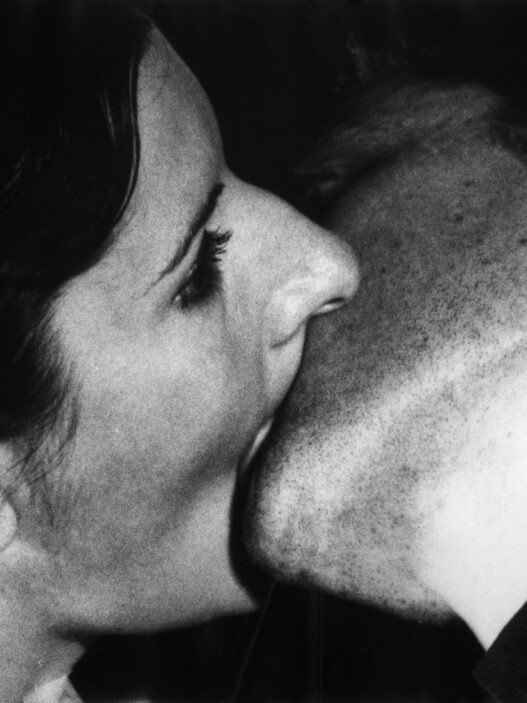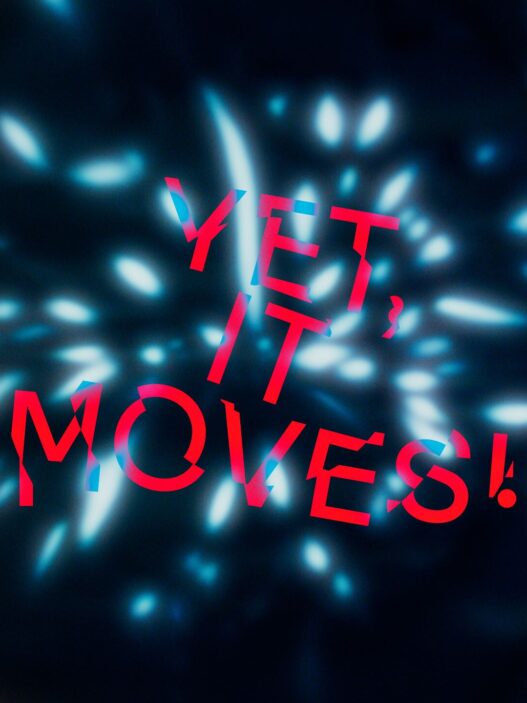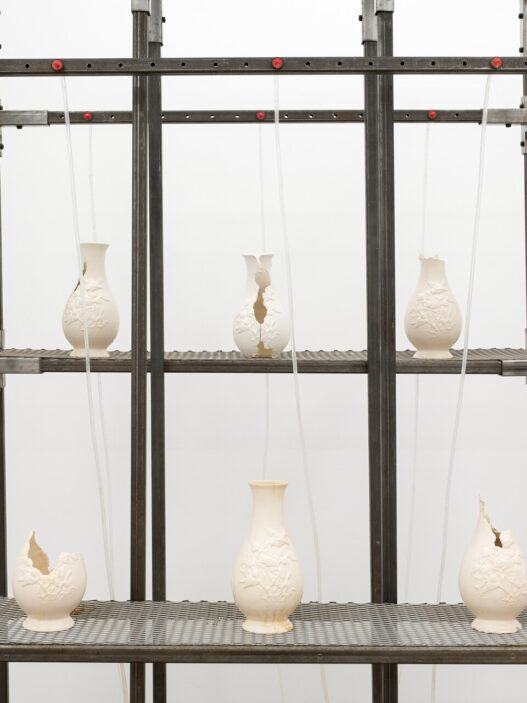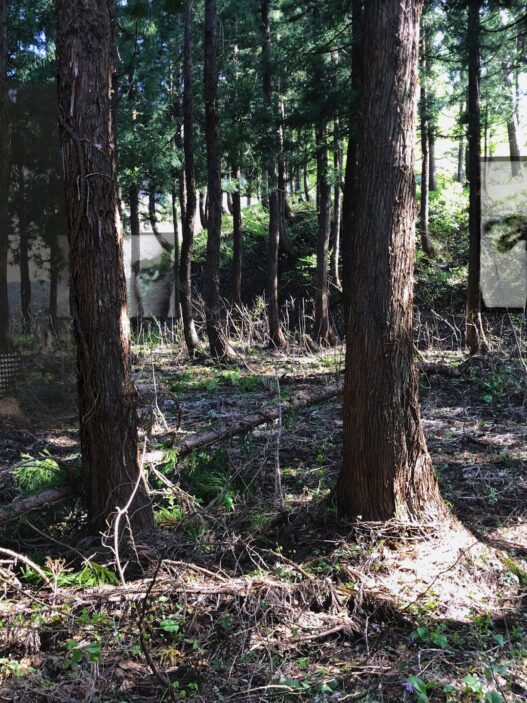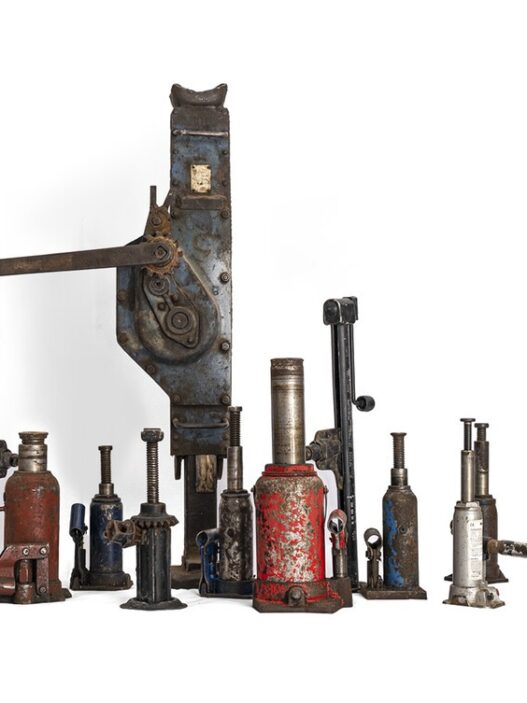September 14–December 31, 2022
Preview days: September 12–13,10am–7pm
On the website of the 16th Lyon Biennale, the accreditation form for the professional preview days on September 12 and 13 is now accessible. From September 12 through September 18, those who have been accredited are able to enter all 12 venues of the Biennale for free. From September 14 until December 31, the public can view the Biennale.
The Biennale, titled manifesto of fragility, will display works of art and creative expression by 202 artists from the past two millennia, some of whom are well-known and some of whom are not. It draws on the resources and expertise of the many museums in Lyon and the surrounding area, as well as from other specialized holdings like the American Art Wing at the Metropolitan Museum of Art in New York, the sizable collection at the State Museums in Dresden, and the narrowly focused collection at the Louvre Abu Dhabi. The Biennale will take place in 12 locations throughout the city, including several of its museums, a 36,000 square meter abandoned factory (Usines Fagor), a 19th century natural history museum that has since closed (Musée Guimet), and a pavilion from the world fair in Lyon in 1914.This will make it possible to experience Lyon’s varied architectural styles and rich historical eras. Additionally, a number of locations will be included to the Biennale’s parcours where tales of brittleness and resistance have already occurred and are represented through works of art and architecture.
The 16th Lyon Biennale, inspired by the unity that underlies the collaborative authorship of a manifesto, challenges us to reposition fragility at the core of a new kind of power. It re-imagines all types of vulnerability—from the brittleness of our own bodies to the precariousness of the entire globe and everything in between—through word, image, sound, and movement as a conduit toward a more compassionate way of interacting to our innocently vulnerable world.
Three concentric layers that serve as concentrated points of entry into the Biennale’s themes of fragility and resistance make up its organizational framework. The Many Lives and Deaths of Louise Brunet, the first layer, offers us an examination of fragility that is based on the experience of a single person. This enigmatic tale of Louise Brunet, a young woman who participated in the 1834 rebellion of Lyon’s silk weavers (Les Canuts), is based on a local Lyon connection. After being imprisoned, she was released a few years later and found herself on a perilous journey to work in one of the numerous Lyon-owned silk factories in Mount Lebanon.The genuine, historical Louise Brunet is reimagined as many people who lived in different periods and in different places as the basis for an inventive take on fragility. Fiction and reality converge in a rewriting of this forgotten woman’s story through more than 150 paintings, sculptures, photographs, videos, books, and other creative works by 80 artists and creatives spanning two millennia, which then serves as a platform to explore recurring forms of fragility including race, gender, mortality, and economy among many others.
From that micro-story of one individual in Lyon, the Biennale expands into its second concentrated layer: an example of fragility as experienced though one city, the city where Louise Brunet arrived around 1838: Beirut. Titled Beirut and the Golden Sixties, this part of the Biennale revisits a dazzling, yet disconcerting chapter from the development of modernism in Beirut that is set between the 1958 Lebanon crisis and the 1975 outbreak of the Lebanese Civil War. With 34 artists, 230 artworks and around 300 archival documents, the exhibition sheds light on a fascinating, yet lesser-known episode from a period of prolific artistic production and political engagement in Beirut: a city of great dreams and many unfulfilled projects, whose insatiable appetite for life is matched only by the insurmountable burden of its irreconcilable ambitions. This focus on Beirut acquires added poignance in Lyon, given the two cities’ historical entanglements centred around the 19th century silk trade, and the establishment of the French Mandate in 1920 in Lebanon, which lasted until 1943, setting the stage for the period that this layer of the Biennale is concerned with.
From Beirut, the Biennale spreads out into the rest of the world to explore the complexities of fragility and resistance through a wide range of works by 88 contemporary artists from 39 countries, as well as historical works by well-known and unknown artists, including Roman sculpture, casts from the 19th century, and paintings from the middle ages to the 19th century. A World of Endless Promise collapses the axis of time to present a wide range of viewpoints that collaborate to create a complex tapestry of stories that highlight instances of perseverance in the face of social, political, and environmental change. It includes more than 50 new commissions and dozens of site-specific pieces that were tailored to each of the twelve venues of the Biennale. The artists shown here represent many facets of fragility, some through the subjects they address and others through the tools they employ. This creates a timeless picture that documents past and present instances of global resilience through a variety of voices and suggests potential future ways of existing in the world.
Discover the list of artists and more about the project here.
Accreditation
The accreditation for the professional preview days is strictly individual and valid for one person only. It entitles you to free admission to all the Biennale venues, as manifesto of fragility takes place at several venues and requires most possibly more than two days of visit. To be able to visit most of it at your own rhythm, your accreditation is valid from September 12 up to September 18 included.
You can accredit yourself at our Professionals area website.
The detailed schedule of the professional preview days, as well as of the opening week, will be available on our website by the end of August.









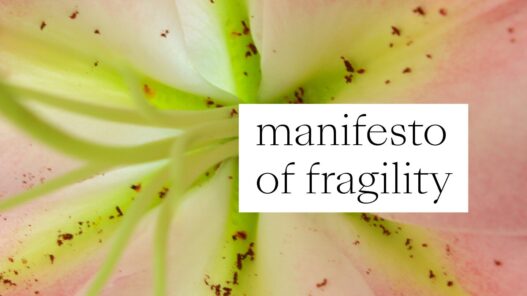
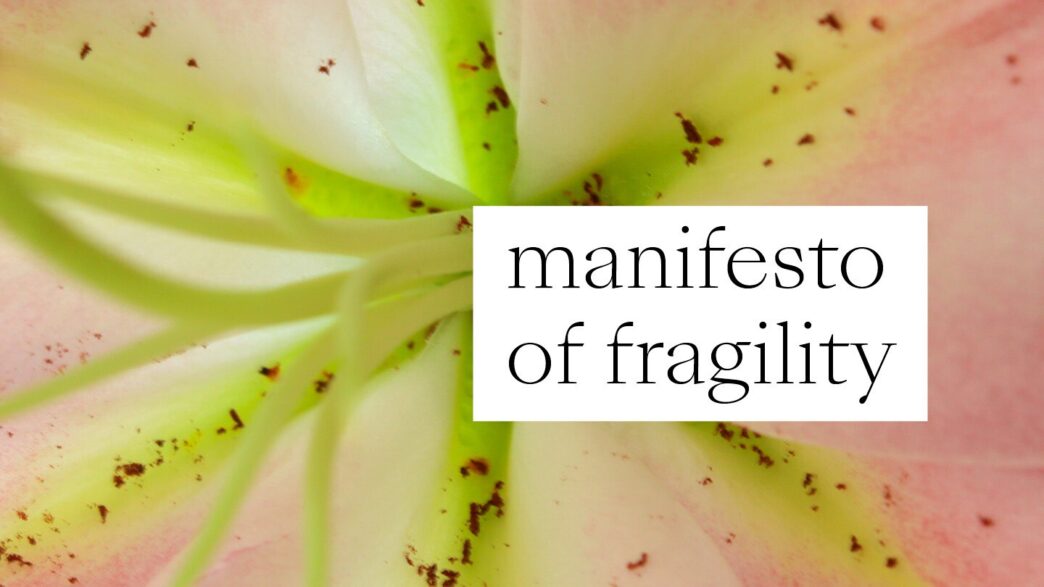

![[1–4] Photos: Noritaka Minami. Courtesy of the Harvard University Graduate School of Design. [5] John Andrews: Architect of Uncommon Sense.](https://dailyart.news/wp-content/uploads/2022/07/harvard_gsd-95x95.gif)
